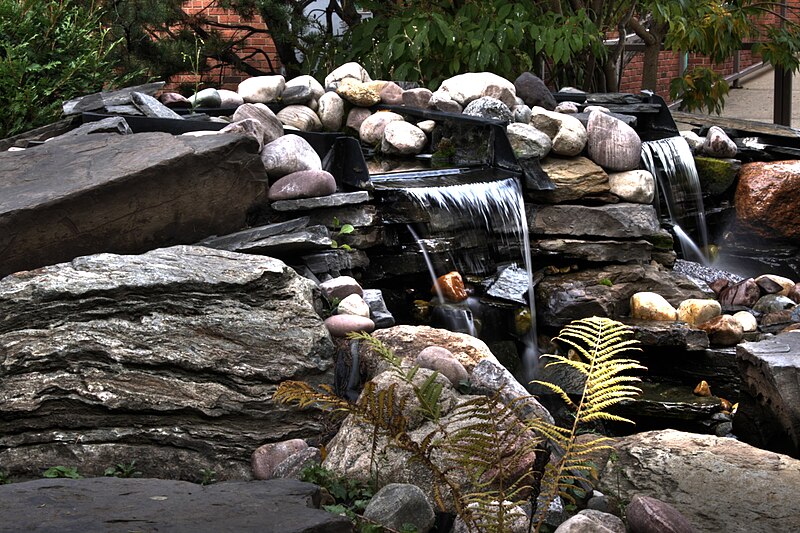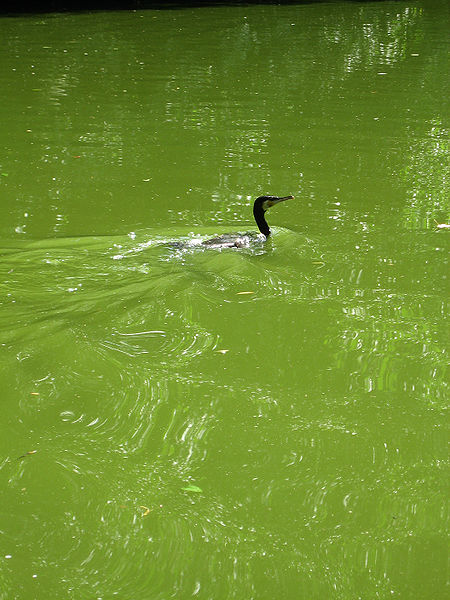 I can remember foraging in ponds and puddles as a kid, especially once it got warm enough in Spring that the ground was thawed and everything would reappear after a long winter dormancy. How could I not be fascinated by the frogs hidden at the water’s edge and the newts and salamanders I’d find under moist rocks and rotting wood? But what would really grab my curiosity and attention would be the various jelly-like egg masses that would appear along the water’s edge, speckled with black dots and begging to be observed. It was on more than one occasion that my siblings and I gathered a cluster of eggs in a jar to take home for observation. If you have a small spare aquarium and a few other simple pieces of equipment, you can raise amphibian eggs, too, and watch them change from a speck in an egg to a fully developed frog or salamander. Watching tadpoles in aquariums is a great educational project for kids and adults!
I can remember foraging in ponds and puddles as a kid, especially once it got warm enough in Spring that the ground was thawed and everything would reappear after a long winter dormancy. How could I not be fascinated by the frogs hidden at the water’s edge and the newts and salamanders I’d find under moist rocks and rotting wood? But what would really grab my curiosity and attention would be the various jelly-like egg masses that would appear along the water’s edge, speckled with black dots and begging to be observed. It was on more than one occasion that my siblings and I gathered a cluster of eggs in a jar to take home for observation. If you have a small spare aquarium and a few other simple pieces of equipment, you can raise amphibian eggs, too, and watch them change from a speck in an egg to a fully developed frog or salamander. Watching tadpoles in aquariums is a great educational project for kids and adults!
If you have a spare 5 or 10 gallon tank lying around or a small garden or patio pond, prepare to be amazed! Start by filling the tank or pond with clean water. Ideally you’ll let the water cure for at least a day or two, particularly if you have chlorinated municipal water, but you can also use a dechlorinator to make the water safe. Your tadpoles absolutely depend on having fresh, clean water for proper health and development. You’ll be bringing a small amount of source water with you from wherever it is you collect your eggs, but chances are you won’t be carrying several 5 gallon buckets of it back with you. Take care to have an environment prepared for your egg cluster before you bring it home. Don’t put eggs into an occupied aquarium, keep them safe in a separate vessel. Read More »
 That Fish Blog – Aquarium Advice and Information
That Fish Blog – Aquarium Advice and Information



